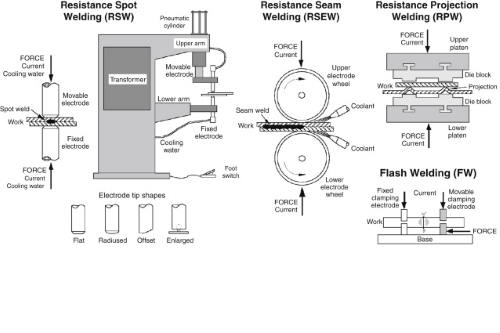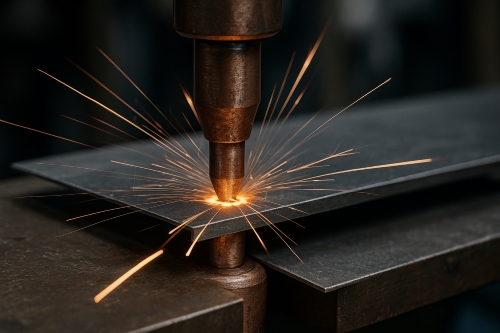Usage And Maintenance Of Different Crucibles
Crucibles are essential tools used in laboratories and industrial applications. They play an important role in heating, melting and facilitating chemical reactions at high temperatures. The selection of the appropriate crucible depends on various factors, including temperature resistance, chemical compatibility and durability. This article discusses the different types of crucibles, their properties and the recommended procedures for handling and maintenance.
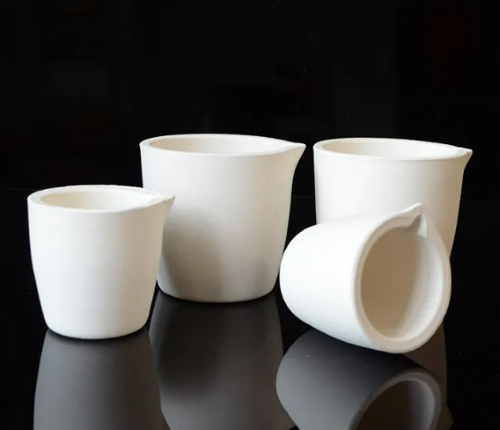
Metal Crucibles
1. Platinum Crucibles
Platinum is a valuable metal with a melting point of approximately 1770°C. It is soft and requires careful handling to prevent deformation. The following points are important when using platinum crucibles:
- Avoid direct contact with the hands to prevent deformation.
- Do not scratch the inner walls with a glass rod to avoid damage.
- Avoid rapid cooling of a heated crucible by immersing it in cold water.
- Heating should be carried out on an electric oven, on a ceramic plate lined with asbestos or using an oxidising flame from a gas burner.
- The crucible must not come into contact with iron, reducing flames or certain reactive compounds such as Pb, Bi, Sb, Sn, Ag, Hg compounds, sulphides, phosphates or arsenic compounds, as these may form alloys with platinum.
- Avoid contact with halogens, aqua regia, hydrochloric acid and some oxidising mixtures, as they act in a corrosive manner.
- Alkali oxides, hydroxides, nitrates, nitrites, cyanides and barium oxide may erode the crucible at high temperatures, whereas sodium and potassium carbonate are safe.
- Keep the inner and outer surfaces clean and smooth by boiling in a 1:1 HCl solution. If necessary, use a melt of K2S2O7, Na2CO3 or borax for cleaning.
- Always use platinum tongs when handling hot crucibles.
- If the crucible becomes deformed, it can be reformed by rolling it on a wooden surface under pressure with a horn spoon.
Further reading: Precious-metal Crucibles: Types and Applications
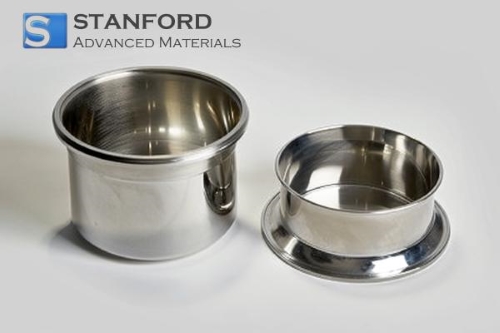
2. Nickel Crucibles
Nickel has a melting point of 1455°C and is resistant to alkaline and corrosive environments. It is suitable for melting iron alloys, slags, clays and refractory materials.
- The temperature should not exceed 700°C to avoid oxidation.
- It is not suitable for initiating precipitation reactions.
- It works well with NaOH, Na2O2, Na2CO3, NaHCO3 and basic solvents containing KNO3, but not with KHSO4, NaHSO4, K2S2O7, Na2S2O7 or sulphur-containing fluxes.
- Melted salts of aluminium, zinc, lead, tin and mercury can render the crucible brittle. Borax should also be avoided.
- New crucibles should be pre-heated in a muffle oven until they turn blue-violet and then boiled in a 1:20 HCl solution before being rinsed with water.
3. Iron Crucibles
Iron has a melting point of 1300°C and is commonly used for economical applications.
- It must be passivated prior to use by cleaning with diluted HCl, sanding, washing with hot water and then soaking in a mixture of 5% H2SO4 and 1% HNO3.
- The handling rules are similar to those for nickel crucibles.
- It can be cleaned with cold, diluted HCl.
4. Silver Crucibles
Silver melts at 960°C, with a recommended heating limit of 700°C.
- New crucibles should be pre-heated at 300–400°C and then washed with hot, diluted HCl.
- They are suitable for fluxes based on NaOH, but not for Na2CO3.
- They should not be used for the precipitation of sulphur or for burning sulphur compounds.
- Avoid rapid cooling to prevent the formation of cracks.
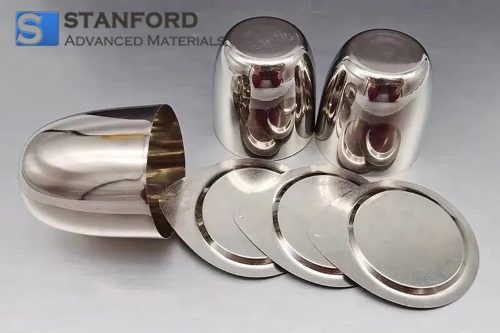
Ceramic Crucibles
5. Porcelain Crucibles
Ceramic crucibles can withstand temperatures of up to 1200°C.
- They are suitable for melting acidic substances such as K2S2O7.
- Alkaline fluxes like NaOH, Na2O2 and Na2CO3 must be avoided to prevent corrosion.
- They must not come into contact with hydrofluoric acid.
- Clean with boiling, diluted HCl.
Further reading: Overview of Various Ceramic Crucibles
6. Quartz Crucibles
Quartz glass crucibles are stable up to 1700°C but become opaque above 1100°C. The recommended melting temperature is below 800°C.
- They should not come into contact with HF or high-temperature alkaline substances.
- They are suitable for use with the fluxes K2S2O7, KHSO4 and Na2S2O7.
- Quartz is brittle and must be handled with care.
- They can be cleaned with standard diluted inorganic acids, except HF.
7. Corundum Crucibles
Corundum crucibles consist of porous fused corundum and are heat resistant.
- They are suitable for weakly alkaline fluxes such as anhydrous Na2CO3.
- They are not recommended for use with strongly alkaline or acidic fluxes such as Na2O2, NaOH and K2S2O7.
Other Crucibles
8. PTFE Crucibles (Polytetrafluoroethylene)
PTFE crucibles have a heat resistance of up to 400°C, but are generally used at temperatures below 200°C, with a safe upper limit of 280°C.
- They are resistant to acids and bases, including HF.
- They are suitable for dissolution processes based on HF, such as HF–HClO4 mixtures.
- They should not be used with fuming HF–H2SO4 solutions.
- The main advantage is the prevention of metal contamination in samples.
- They possess a smooth, wear-resistant surface and high mechanical strength.
Conclusion
The selection of the appropriate crucible depends on the chemical nature of the materials, the required heating conditions and the potential reactions. Proper usage and maintenance ensure the longevity and reliability of the crucibles. If the specific guidelines for each crucible type are followed, users can maximise efficiency and safety in both laboratories and industry.
Summary Table: Maintenance and Handling of Various Crucibles
|
Crucible Type |
Melting Point (°C) |
Suitable for |
Not Suitable for |
Maintenance and Handling |
|
Platinum |
~1770 |
High-temperature applications; safe with Na₂CO₃ |
Halogens, aqua regia, certain metals and compounds |
Clean with 1:1 HCl; handle with platinum tongs |
|
Nickel |
1455 |
Alkaline solvents (NaOH, Na₂O₂, Na₂CO₃) |
Oxidising agents (KHSO₄, NaHSO₄); melted metals (Al, Zn, Pb, Sn, Hg) |
Pre-heat before use; avoid oxidation above 700°C |
|
Iron |
1300 |
General applications; economical option |
Oxidising agents; acidic fluxes |
Passivate prior to use; clean with cold, diluted HCl |
|
Silver |
960 |
NaOH-based fluxes |
Na₂CO₃; sulphur compounds |
Pre-heat and avoid rapid cooling |
|
Porcelain |
~1200 |
Acidic substances (K₂S₂O₇) |
Alkaline fluxes; HF |
Clean with boiling, diluted HCl |
|
Quartz |
~1700 |
K₂S₂O₇, KHSO₄, Na₂S₂O₇ |
HF; high-temperature alkaline substances |
Handle carefully; brittle material |
|
Corundum |
High |
Weakly alkaline fluxes (anhydrous Na₂CO₃) |
Strong alkalis/acids (NaOH, Na₂O₂, K₂S₂O₇) |
Avoid contact with extreme acidic or alkaline materials |
|
PTFE |
Max safe limit ~280 |
Acidic and HF-based applications |
Fuming HF–H₂SO₄ solutions |
Avoid high temperatures; non-sticky and wear-resistant |
This table summarises the key properties, compatible materials and handling guidelines for the various crucibles.
Stanford Advanced Materials – The Reliable Supplier
Stanford Advanced Materials (SAM) supplies high-grade laboratory crucibles, including ceramic, pyrolytic graphite, precious-metal and metal crucibles, as well as moulds at competitive prices.
- Wide range: We offer a variety of crucibles made from different materials to provide the appropriate solution for your requirements.
- Industry standard manufacturing: Our crucibles meet established industry standards and deliver consistent performance and extended service life.
- Expert support: Our team provides individual advice on the selection of the appropriate crucible for your application.
- Customised solutions: We offer crucibles tailored to the specific requirements of your experiments.

 Bars
Bars
 Beads & Spheres
Beads & Spheres
 Bolts & Nuts
Bolts & Nuts
 Crucibles
Crucibles
 Discs
Discs
 Fibers & Fabrics
Fibers & Fabrics
 Films
Films
 Flake
Flake
 Foams
Foams
 Foil
Foil
 Granules
Granules
 Honeycombs
Honeycombs
 Ink
Ink
 Laminate
Laminate
 Lumps
Lumps
 Meshes
Meshes
 Metallised Film
Metallised Film
 Plate
Plate
 Powders
Powders
 Rod
Rod
 Sheets
Sheets
 Single Crystals
Single Crystals
 Sputtering Target
Sputtering Target
 Tubes
Tubes
 Washer
Washer
 Wires
Wires
 Converters & Calculators
Converters & Calculators
 Write for Us
Write for Us
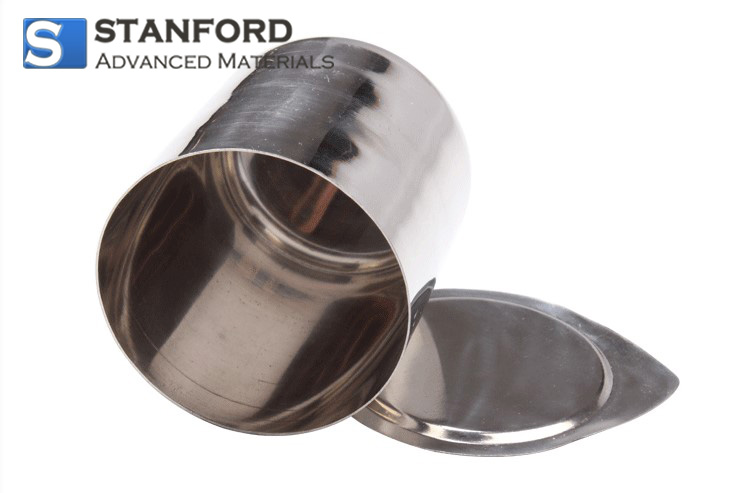
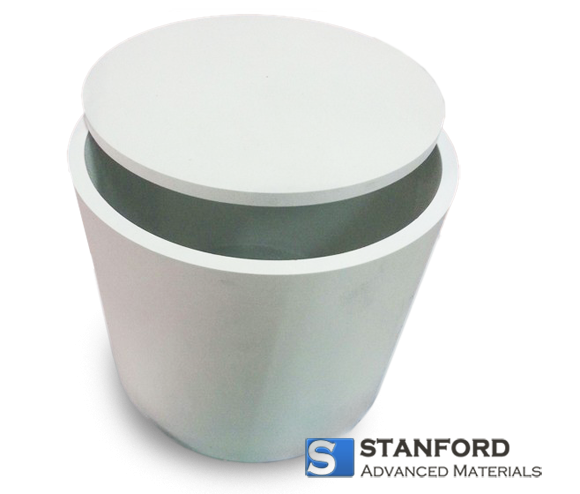
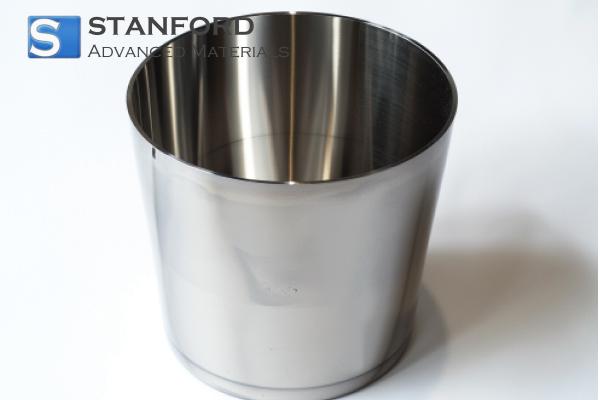
 Chin Trento
Chin Trento


